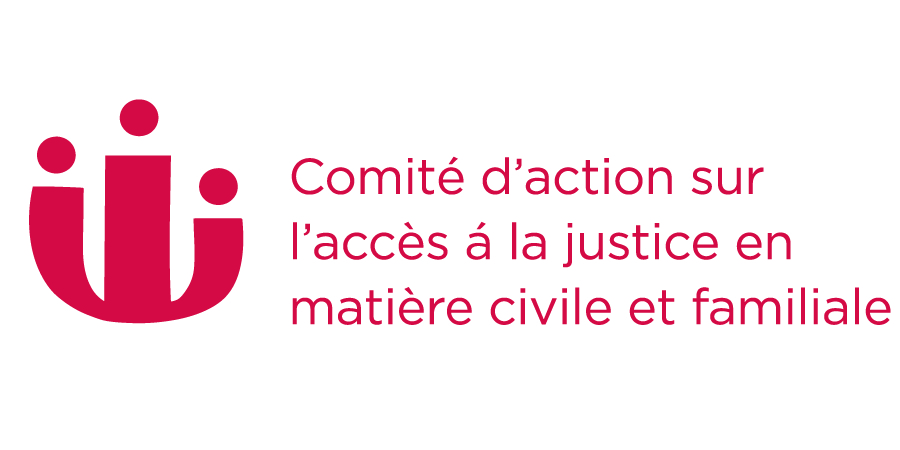Inventory of Reforms
BC Streamlined Chambers Process (Rule 51A)
Year:
2001
Description:
BC Supreme Court rule, and proposed replacement, that requires an exchange of materials in advance of chambers applications.
Status:
Permanent Implementation
Jurisdiction:
British Columbia
Court:
Supreme Court of British Columbia
Timeline:
July 1, 2001: Rule 51A came into force province-wide
July 2007: Draft Rules released
July 1, 2010: Projected implementation of new rules
Publications:
Supreme Court of British Columbia annual report 2001 (Supreme Court of British Columbia, 2002). [2001 Report]
Madam Justice Marvyn Koenigsberg, Access to Justice, Survey of Reform Initiatives in British Columbia (presented at Streamlining the Ontario Civil Justice System, A Policy Forum, March 9, 2006). [Access to Justice]
Civil Justice Reform Working Group, Proposed New Rules of Civil Procedure of the British Columbia Supreme Court: Concept DraftPDFExternal Link (Vancouver: BC Justice Review Task Force, 2007). [Draft Rules]
Mark Benton Submission to the BC Justice Review Task ForcePDFExternal Link (Legal Services Society, November 29, 2007). [LSS Submission]
Development:
Rule 51A, governing originating and interlocutory applications in chambers, came into force on July 1, 2001. It is a province-wide extension of the former Rule 65, the Chambers Pilot Project in the Vancouver registry. Rule 51A incorporates a number of suggestions that were made by the bar based on the pilot.
Description of Reforms:
Rule 51A (Setting Down Applications for Hearing)
« The rule establishe[s] a process for setting down matters in chambers and requiring the exchange of materials in advance of the hearing which serve to focus the legal and factual basis of the application and the position of the party in response » (Access to Justice at 10).
Proposed Rule 14-1
The proposed new Rules of Civil Procedure incorporate Rule 51A as Rule 14-1. The new Rule significantly simplifies the procedures currently set out in Rule 51A, which « should serve to somewhat decrease current barriers faced by self-represented litigants in accessing the Supreme Court » (LSS Submission at 9).
Results:
Chief Justice Justice Brenner in his discussion of Rule 51A shortly after its implementation, reported that:
as soon as the new rule became effective we saw a marked decrease in the volume of chambers applications. This mirrored our experience with the pilot project in Vancouver. We believe this decrease is caused by the earlier communication that now takes place between the parties or their counsel. As a result many matters are now resolved without the necessity of an actual attendance at court.
2001 Report at 20
In 2006, speaking of Rule 51A, Madam Justice Marvyn Koenigsberg of the B.C. Supreme Court stated that:
The implementation of this process has had the effect of reducing the number of matters that proceed in chambers and ensuring that those applications which do proceed are well prepared and that hearing time estimates are reliable. Whereas in the past, the Vancouver registry would have to schedule two chambers courtrooms daily, each with long lists that would tend to collapse on the day of hearing, now only one chambers courtroom is scheduled, with fewer, and more well prepared matters proceeding as scheduled.
Rule 51A has had its detractors who say that the structure of the process has rendered preparing for a chambers hearing more expensive. However, against that it must be acknowledged that a great deal of counsel time with corresponding cost to litigants was formerly wasted in lawyers attending and waiting through long lists in chambers before being heard. The theory behind Rule 51A and the need for such a structure is nearly universally acknowledged. Some tweaking of the procedures and notice periods in the rule could assist in disarming detractors.
Access to Justice at 10-11
Revision History:
This summary was last reviewed in Jan 17, 2014



